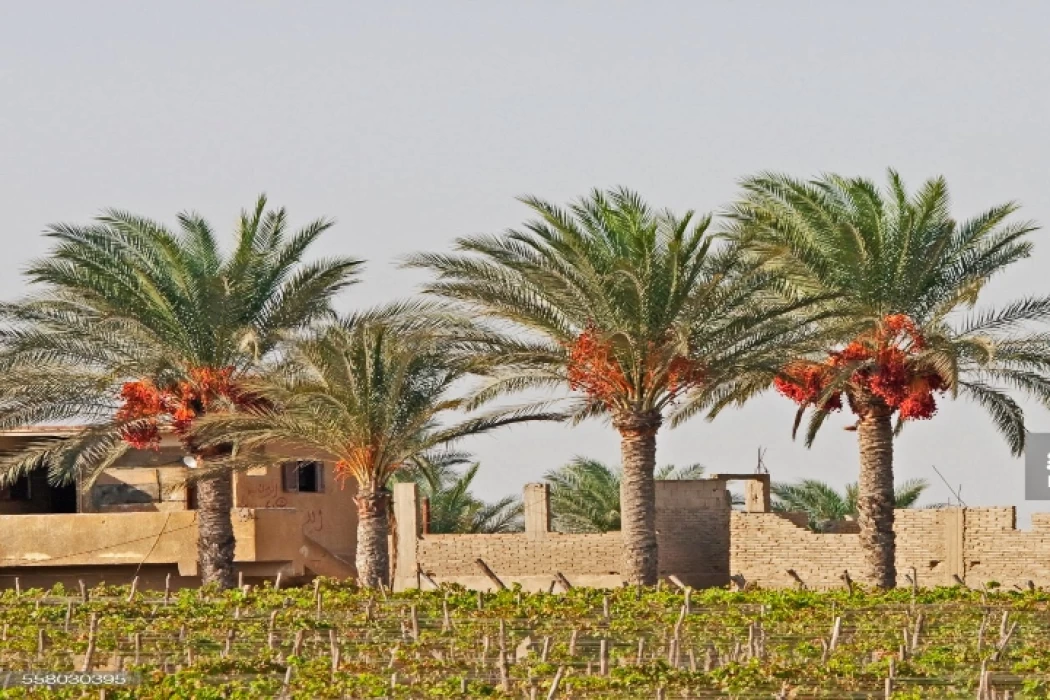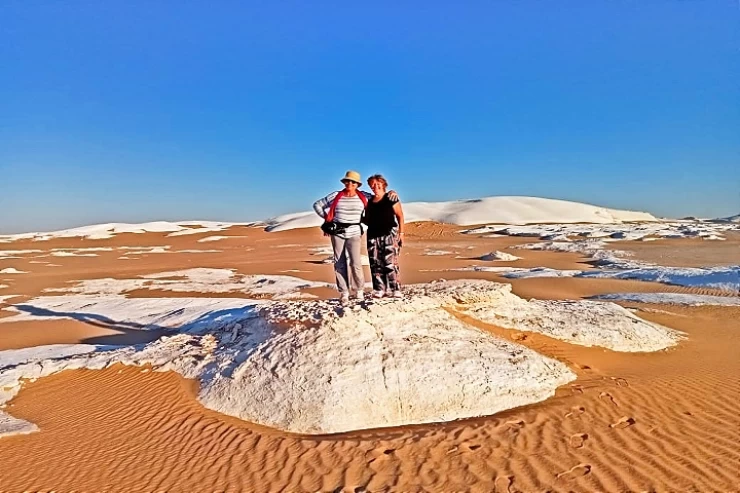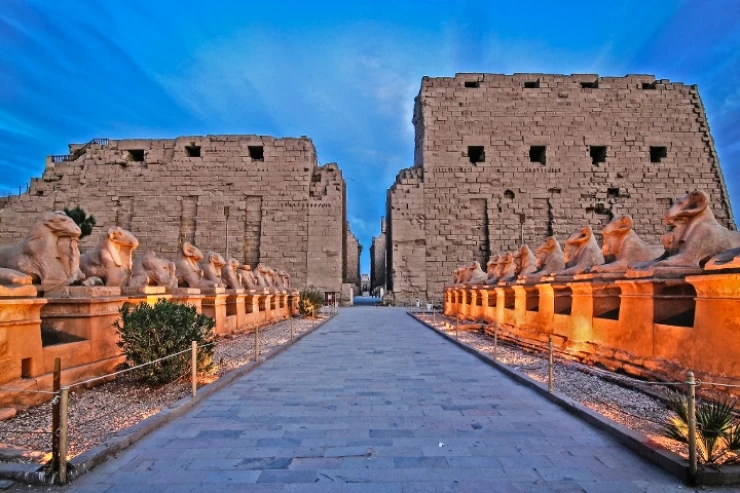
History of the Beheira Governorate
History of the Beheira Governorate
Beheira Governorate is situated in the extreme north of Egypt towards the western part of the Nile Delta with Damanhour as its administrative capital. Among other regions of Egypt, Beheira is believed to be the first region when it comes to surface area of arable land available. This governorate is home to a number of attractions which enhance the scope of tourism development, for example the Rashid area.
The most important landmarks of Beheira Governorate
The governorate enjoys a number of ancient and modern landmarks that date back to different historical periods throughout the ages, for example:
The Rosetta Lighthouse: One of the most important tourist and archaeological landmarks in the lake, it represents a unique example of the development of 19th century architecture in Rashid, and was established in 1869, among four lighthouses, a second lighthouse in Burullus, a third in Damietta, and a fourth in Port Said, to guide ships on the Mediterranean coast.
Wadi al-Natrun Monastery: Located in the Natrun Desert west of the lake, it represents the first Christian monastic community, dating back to the 4th century AD. It contains the tombs of all the Orthodox patriarchs and is an active monastery until now, along with three other monasteries, Anba Bishoy Monastery, Baramous Monastery, and Syriac Monastery.
King Farouk Palace in Edfina : This turned out to be a holiday villa built for Khedive Ismail and later turned by his grandson King Fuad I into an Italian royal palace. Huge quantities of Pharaonic concrete blocks were used by Fuad to construct the building, the floors were done up with Italian carved parquet, the garden was full of rare trees dedicated to King Fuad I and King Farouk among many other trees as well.
Damanhour Opera House: A historic opera house that resembles the Cairo Opera, which was constructed in the 1930s during the reign of King Fuad I, but burned down in the 1970s. The Damanhour Theatre and Opera House is an exemplar of the style of architecture that was prevalent in Egypt at the turn of the last century, which is almost the 4th decade of 20th century Egyptian architecture.
Location: The Beheira Governorate is located in the western part of the Delta region, which is bordered to the north by the Mediterranean Sea, to the southeast by the Rosetta Branch, to the southwest by Alexandria and Matrouh governorates, while Giza Governorate merges with it to the south, where two main roads cross into the Republic: the Cairo-Alexandria Desert and Agricultural Roads.
Logo: A spike: Evidence of the spread of agriculture. A yellow area: Evidence of the desert in the south of the governorate in the Tahrir district and Wadi al-Natrun centre. Part of a gear: Evidence of the presence of industry in the governorate. Blue area: Indicates the main bodies of water in the governorate, namely: The Nile River (east), Lake Idku and the Mediterranean Sea (north).
















